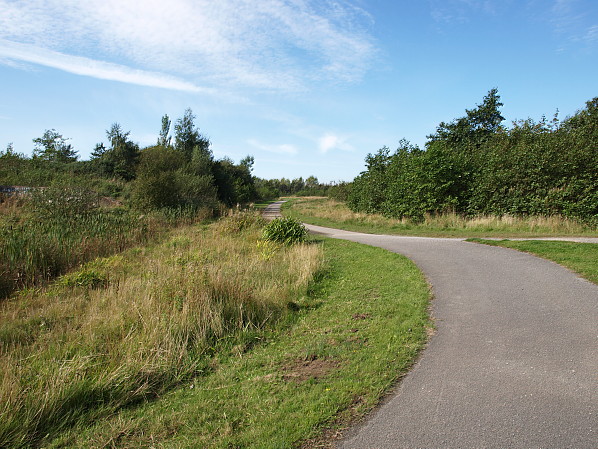Notes: A passenger service for workmen only was operated to Sutton Manor Colliery from St Helens Shaw Street from just after the Great War until c1930.
The sinking of a shaft at Sutton Manor began in May 1906 and was completed by December 1909. The colliery was a joint venture between the Pilkington Brothers Ltd, Richard Evans & Co Ltd and Sutton Heath & Lea Green Collieries Co Ltd. A private railway was built to connect with the LNWR St Helens and Widnes line (the former St Helens & Runcorn Gap Railway) and a connection was put in under Agreement dated 19 May 1905.
When the passenger trains were introduced to Sutton Manor Colliery it is likely that they worked up to a point close to the pit head. At other collieries with workmen’s services simple platforms were provided, but it is not known if Sutton Manor was provided with one. The workmen’s trains operated from St Helens Shaw Street and called at Peasley Cross and Sutton Oak stations. A train for day shift workers left St Helens at 5.50am Mondays to Fridays and at 5.00am on Saturdays. The night shift train departed St Helens at 10.00pm. The day shift men arrived back in St Helens at 3.15pm Mondays to Thursdays, 3.35pm on Fridays and at 12.47pm on Saturdays. The night shift trains arrived back at St Helens at 7.10am Mondays to Fridays and at 6.15am on Saturdays. The trains consisted of two portions, one for Clock Face Colliery and one for Sutton Manor. Upon arrival at Clock Face the train, hauled by an LNWR locomotive, stopped on the down line clear of the points leading to the colliery. A Clock Face Colliery engine then attached itself to the rear portion of the train and hauled it to the pit head. A Sutton Manor locomotive then backed onto the remaining portion and hauled it to Sutton Manor. In the reverse direction the Clock Face engine hauled the train to a point just outside the LNWR boundary, detached and went into a siding. The LNWR engine then backed onto the train, drew it forward onto the main line, and then propelled over a crossover to pick up the Sutton Manor portion.
Sutton Manor Colliery was taken over by the National Coal Board on 1 January 1947. It was affected by the Miners’ Strike of 1984/5, and shortly after the strike was over regular shipments of coal by rail ceased and the colliery itself was closed. The last train from Sutton Manor ran on 15 August 1987 carrying away the remaining coal.
Sources:
- Industrial Railways of St Helens, Widnes and Warrington - Part 2 St Helens Coalfield and the Sandfields - C H A Townley & J A Peden - Industrial Railway Society 2002
- The St Helens Railway, Its Rivals and Successors – J M Tolston – The Oakwood Press 1982
- The Widnes to St Helens Railway in Halton 1833 - 1982 - P T Wright - Halton Borough Council 2008
|




 Home Page
Home Page